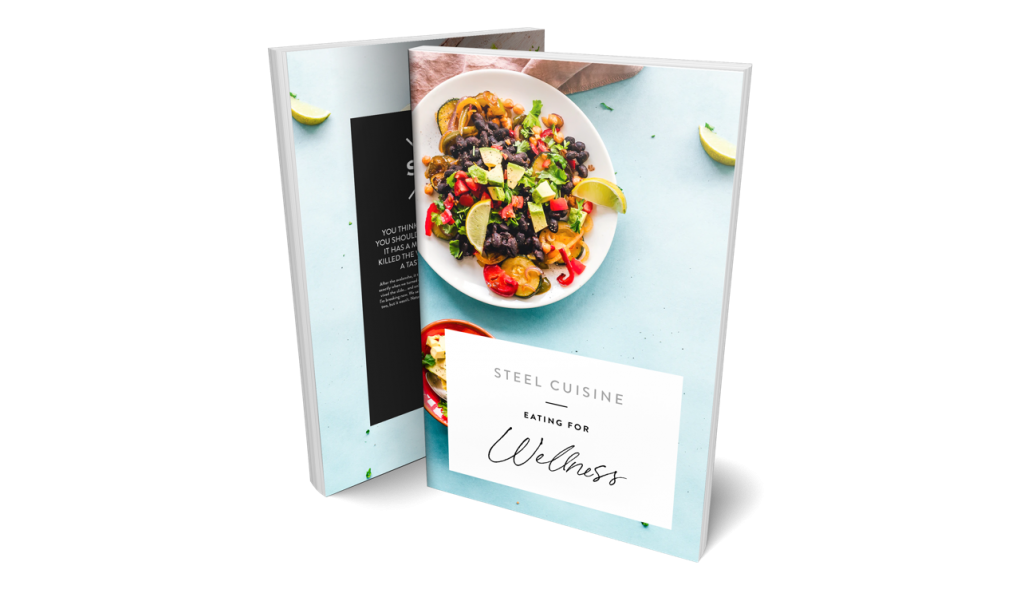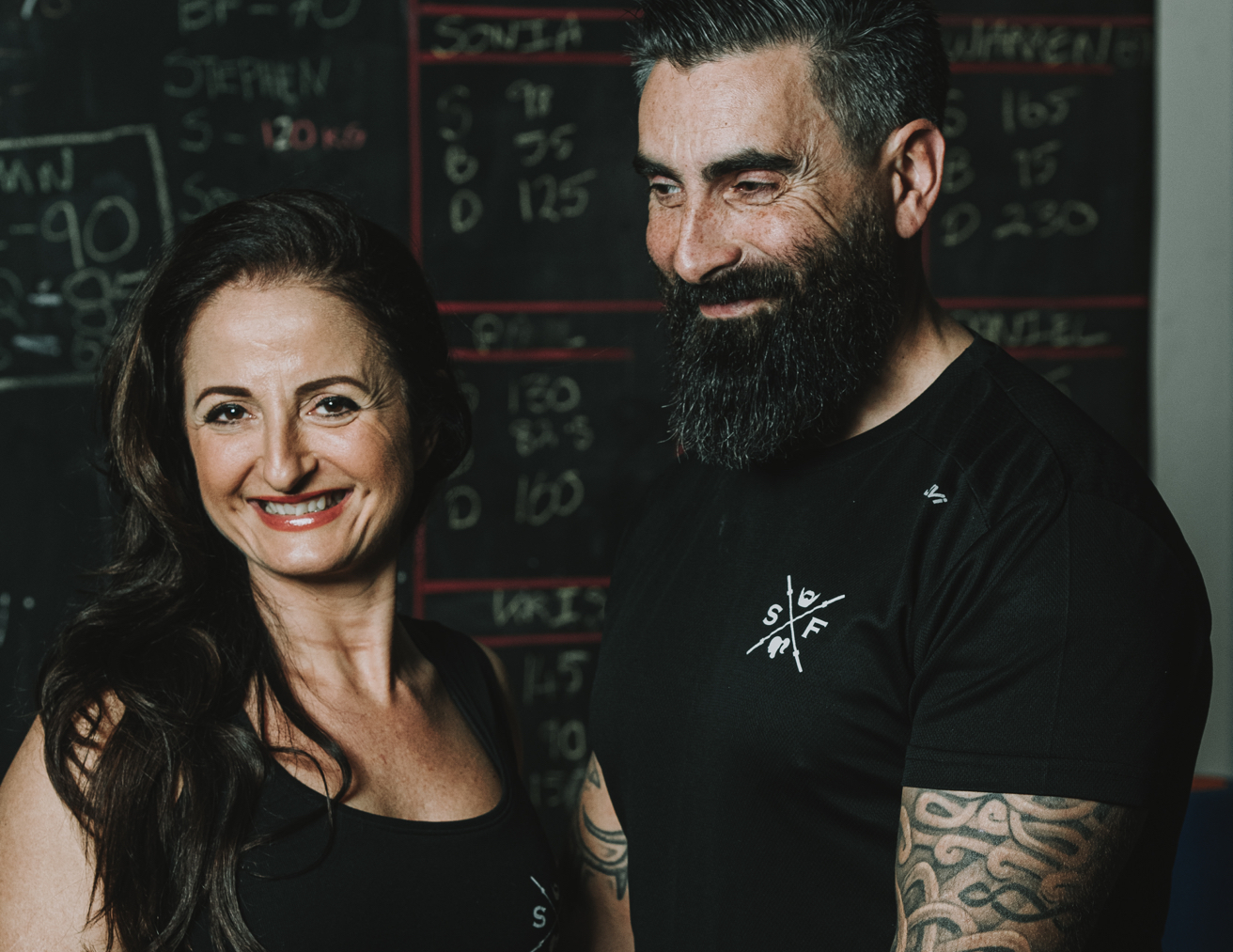Blog Let’s talk about FATS
Including healthier fats in your diet may help reduce the risk of heart disease. Healthier fats include monosaturated fats polyunsaturated fats (omega-3 and omega-6). Discover how to get the right balance of fats and where they come from.
A healthy eating pattern will provide a balance of fats – by including healthier unsaturated fats and limiting unhealthy saturated and trans fats.
Make sure you incorporate these healthier sources of fat in your daily eating patterns.
Monounsaturated fat
Sources of monounsaturated fat include:
• avocados
• almonds, cashews and peanuts
• cooking oils made from plants or seeds like canola, olive, peanut, soybean, rice bran, sesame and sunflower oils.
Polyunsaturated fat
Sources of polyunsaturated fat (both omega-3 and omega-6) include:
• fish
• tahini (sesame seed spread)
• linseed (flaxseed) and chia seeds
• soybean, sunflower, safflower, and canola oil, and margarine spreads made from these oils
• pine nuts, walnuts and Brazil nuts.
Omega-3
Omega-3 fats are a type of polyunsaturated fat that, similar to other dietary polyunsaturated fats, can help to reduce your risk of heart disease. Omega-3s can:
• lower heart rate and improve heart rhythm
• decrease the risk of clotting
• lower triglycerides
• reduce blood pressure
• improve blood vessel function and delay the build-up of plaque (a fatty substance) in coronary arteries.
Try to include omega-3 fats from all of these 3 sources as part of a healthy eating pattern.
Marine
Omega-3 is found mainly in oily fish like tuna, salmon, sardines and blue mackerel. Other good source is fish like seabass, and seafood like scallops and mussels. Try to eat 2–3 serves a week.
Plants
Good sources of plant-based omega-3 include walnuts, linseed (flaxseed), chia seeds, and oils and spreads made from canola or soybeans. Aim to include foods that provide at least 1 gram of plant-sourced omega-3 every day.
Animals
Omega-3 is also found in animal products like eggs, chicken and beef.
For people who don’t eat fish, omega-3 capsules or liquids can also help supplement your intake.
Omega-6
Omega-6 is a type of polyunsaturated fat that lowers LDL cholesterol. Eating foods with unsaturated fat, including omega-6, instead of foods high saturated and trans fats helps to get the right balance for your blood cholesterol (lower LDL and increase HDL).
Getting the right balance of fats
Follow these easy ideas for getting the balance right.
Go nuts
Nuts are an important part of a heart-healthy eating pattern. They’re a good source of healthier fats, and regular consumption of nuts is linked to lower levels of bad (LDL) and total blood cholesterol. So, include a handful (30g) every day!
Add them to salads, yoghurt, or your morning cereal. Choose unsalted, dry roasted or raw varieties.
Serve up some fish
Include fish or seafood in your family meals 2 – 3 times a week. Fish are great sources of the good omega-3 fats. See our recipe books for great Fish dishes.
Use healthier oils
Choose a healthier oil for cooking. For salad dressings and low temperature cooking, choose olive oils, peanut, canola, safflower, sunflower, avocado or sesame oil.
Create delicious, wholesome, & calories controlled meals


Offering the best personal trainer and nutrition advice in Malta, Steel Extreme Fitness offers you private gym membership – where you will feel right at home.
© 2020 Steel Extreme Fitness. All Rights Reserved